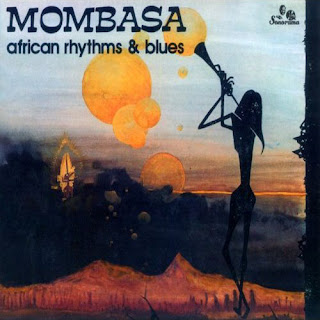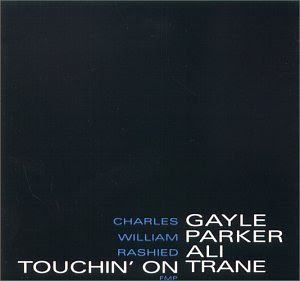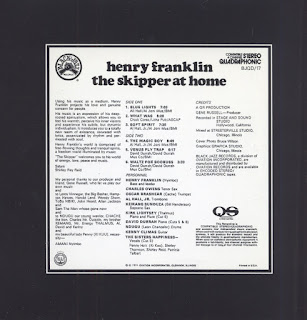I got these recipes from some friends that used to live on the island of Bonaire in the Dutch Caribbean. These were local recipes, they go great together.
Bonairean Stew
4 medium-large onions (2 lbs. total weight)
8 large cloves garlic
1 Jalapeno chili (or substitute Serrano or other variety—milder or spicier—to taste)
6-7 large Roma tomatoes (or the equivalent—1-1 1/2 lbs. total weight)
6 medium-large Yukon Gold or other firm, waxy potatoes (3 lbs. total weight)
1 medium-size unripe papaya * (2 1/2 lb.)
1/4 cup annatto oil (see below**)
2 cups water
2 tablespoons salt (or to taste)
1 teaspoon black pepper (or to taste)
2 tablespoons sugar
Dash of nutmeg (optional)
1. Peel and quarter onions; slice coarsely. Peel garlic, trim off root nub, and mince or press. Stem chili and mince finely, including seeds; to minimize heat, discard seeds and white membrane. Core and quarter tomatoes, or halve if using small Romas; if using large tomatoes, cut in 6ths. Peel potatoes. Using 1/2-lb. potatoes, cut in 6ths: halve lengthwise, then cut in 1/3’s crosswise. (Whatever size the potatoes, make 1-1 1/2-inch chunky wedges). Quarter papaya lengthwise, scrape out seeds, peel off all green skin with a vegetable peeler, then cut into1-1 1/4-inch chunks.
2. Heat the annatto oil** on medium, add and sauté sliced onion, stirring now and then, until beginning to caramelize at edges. Add all the cut up vegetables, the water, 3/4 of the salt, pepper, and sugar, and the nutmeg. Reduce heat to medium-low and bring to a boil slowly; stir often but carefully, using a wooden spoon or heat-proof rubber spatula to prevent sticking/burning and breaking up vegetables; reduce heat to a simmer.
3. Cover and cook 10-20 minutes, or until potatoes are done through and papaya is tender and translucent. Taste and correct seasonings, adding remaining salt, pepper, sugar to taste. Serve with Funchi (see recipe).
*Papaya for cooking must be dark green (i.e., not ripe or sweet). It has a subtle, distinctive flavor. The same fruit ripe and raw is bright yellow-gold and sweet. Green papayas are available seasonally at some Asian markets (e.g., Sunrise Market in Eugene).
**Annatto seed, also called achiote, is available at Plaza Latina and some other Latino markets in Eugene. It also can be mail-ordered from spice/imported-food stores. To make annatto oil: In a medium saucepan, sauté 1/4 cup annatto seed in 1 cup corn oil on medium-low heat for 1 or 2 minutes—until seed turns a slightly darker shade of red (but not brown/black). Turn off heat and remove saucepan from burner to stop cooking. Leave for 10-15 minutes to color/flavor oil. Strain off oil and discard seeds. Makes about 1 cup.
Funchi
(Antillean-style, quick-cooked, boiled corn bread*)
1 tablespoon butter, plus some to grease bowl (or substitute corn oil for vegans)
1 1/4 cups cold water
1 teaspoon salt
1 1/2 cups yellow cornmeal
2 1/4 cups boiling water
1. Butter or oil generously a wide, shallow bowl of 5-6-cup capacity; set aside.
2. In a heavy saucepan of at least 6 cups’ capacity, off heat, mix the cold water, salt, and cornmeal. Add to it slowly, stirring well, the boiling water and butter (or corn oil).
3. Place over medium-high heat and bring to an active boil, stirring constantly* with a heavy, heat-proof rubber spatula or a wooden spoon. Cook for 3 minutes, stirring; scrape down sides of pan as needed. Continue cooking 3 more minutes, now mixing really vigorously, until mixture is very stiff and pulls away from sides of pan. Remove from heat. Shake a little water from your fingertips around bottom/sides of buttered bowl.
4. Immediately turn funchi out into the buttered bowl and cover with a plate of the right diameter to just fit inside bowl. Shake funchi down well into the bowl, pressing down on plate, so it molds to the bowl-bottom’s shape. Invert onto the plate or a larger serving plate/platter and cut into wedges. Alternatively: use an ice cream scoop or ladle to shape individual servings* for each plate, and serve directly from the saucepan in which funchi cooked. Serve immediately with some extra butter on top whichever way you choose to do it..
5. Can be microwaved, covered, to reheat without any loss of texture/flavor. Leftovers also can be fried to crunchy in butter/oil.
6 servings
*Funchi was an Antillean staple, eaten in place of bread, in the days before reliable supplies of wheat flour from abroad and European-style bakeries. It remains a “down home” favorite, especially with local stews and soups. Old-school cooks, it is said, repeat in Papiamento (the lingua franca), “Un pa mi, un pa bo, un pe”, (i.e., “One [ scoop] for me, one for you, one for him”) as they stir and serve.










